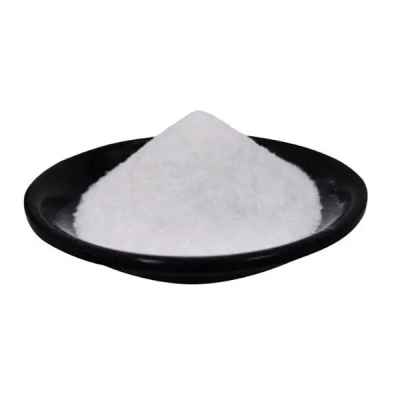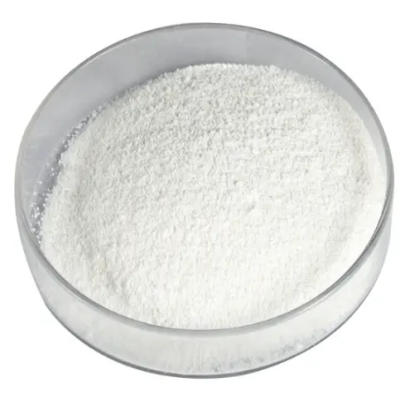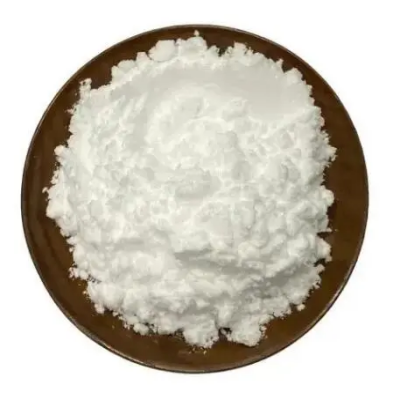2,2-Dimethylbutyryl chloride CAS:5856-77-9
2,2-Dimethylbutyryl chloride is an organic compound classified as an acyl chloride, with the molecular formula C6H11ClO. Structurally, it is derived from 2,2-dimethylbutyric acid, wherein the carboxylic acid group has been converted into an acyl chloride by the substitution of the hydroxyl group with a chlorine atom. The compound features a branched four-carbon chain with two methyl groups at the second carbon, contributing to its unique chemical properties. One of the most significant characteristics of 2,2-dimethylbutyryl chloride is its high reactivity, which makes it a valuable reagent in organic synthesis. Acyl chlorides are notorious for their ability to participate in various nucleophilic substitution reactions. 2,2-Dimethylbutyryl chloride can react with alcohols to form esters and with amines to produce amides, making it useful for synthesizing a wide range of organic compounds. These reactions are pivotal in creating intermediates for pharmaceuticals, fine chemicals, and agrochemicals. In the pharmaceutical industry, 2,2-dimethylbutyryl chloride can be employed in the preparation of bioactive molecules, where its branched structure might influence the pharmacokinetics and biological activity of the resulting compounds. The ability to modify the molecule through acylation offers opportunities to discover new therapeutic agents. Furthermore, due to its reactivity, care must be taken while handling 2,2-dimethylbutyryl chloride, as it can produce toxic fumes upon contact with moisture, releasing hydrochloric acid. Appropriate safety protocols and equipment should be employed during its storage and usage. Overall, 2,2-dimethylbutyryl chloride represents a versatile building block in organic chemistry, with significant implications in drug development, agrochemical formulations, and the synthesis of various derivatives. Continued research into its synthetic utility will likely reveal further applications in multiple scientific areas and industries.



| Composition | C6H11ClO |
| Assay | 99% |
| Appearance | white powder |
| CAS No. | 5856-77-9 |
| Packing | Small and bulk |
| Shelf Life | 2 years |
| Storage | Store in cool and dry area |
| Certification | ISO. |









